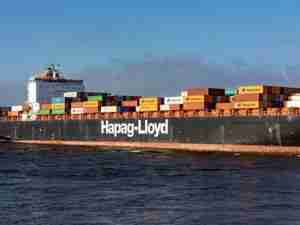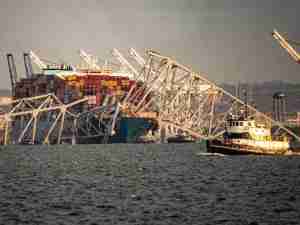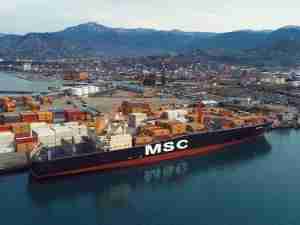Traditional measures of supply versus demand, like the ratio between the container inventory size and the container vessel capacity, or the number of loaded containers moved as compared to the container inventory size, indicate that equipment supply is likely to be constrained in the 2011 peak season. An evaluation of a number of other market forces that have an impact on container availability also indicates that most of these factors will reduce, not increase, container availability. As a result, the World Shipping Council's paper concludes that equipment supply will be tight in 2011, especially during the peak shipping season, and that proper planning and forecasting by shippers and carriers will be important to manage through times of constrained equipment supply. The paper's analysis is based on global container fleet and volume forecasts, and does not seek to make any projections about equipment availability in particular trade lanes or geographies or about particular carriers' equipment situation.
The complete analysis is attached and available at: http://www.worldshipping.org/public-statements/2011_Container_Supply_Review_Final.pdf









